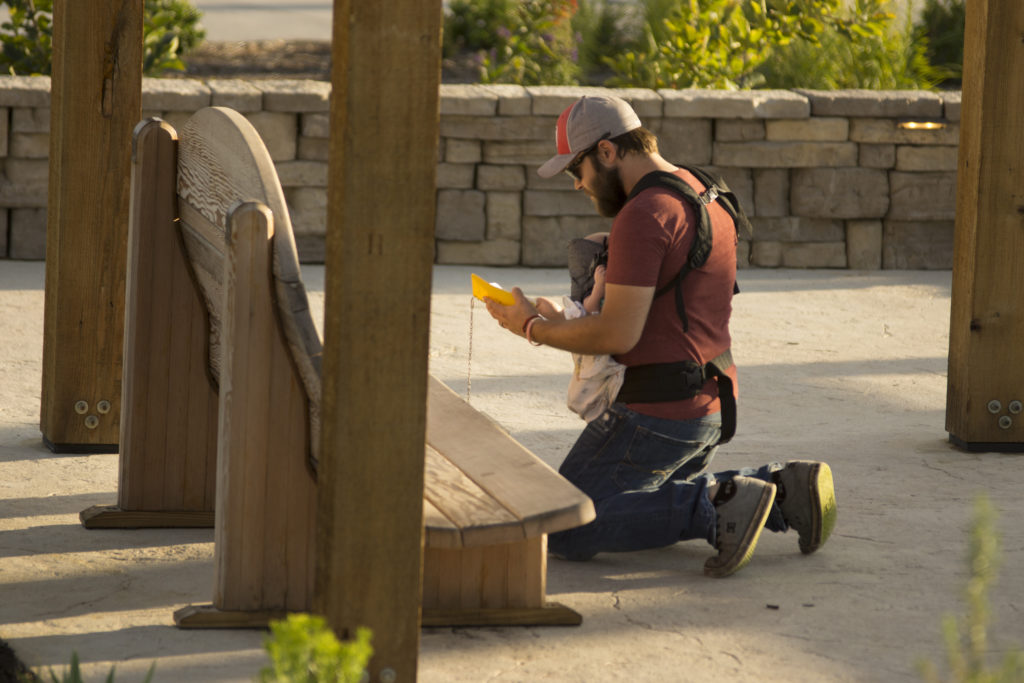In a couple of short weeks, the Atlantic hurricane season will officially, and hopefully quietly, end, though the disaster it left in its wake will continue to tax communities from Texas to Puerto Rico for weeks and months to come.
In fact, many communities most likely will be still putting the pieces back together again when the next season begins in June. And this should give us all reason to pause. To think. What can we do to encourage recovery?
Of course, our focus at TKF is reacquainting the public with nature, and educating on the power it holds to help restore us — individually and as communities — and encourage better mental and physical health.
Greening efforts are an essential piece of recovery; not just of our built and natural environments, but of the people who comprise our communities. This is a key message researchers and social scientists are urgently trying to get across to the public.
In our last piece in this series, we wrote of “urgent biophilia” — the innate need we humans have to connect with nature in the wake of disasters, and spoke with one of our favorite experts on the topic (and the originator of the term “urgent biophilia”), Keith Tidball, researcher and Director of the Cornell Cooperative Extension Disaster Education Network at Cornell University.
In this follow-up post, we wanted to touch on what responsive grassroots greening efforts can look like following disasters — and offer some considerations to keep in mind before planting.
We again reached out to Tidball, whose book Greening in the Red Zone, offers many examples of greening responses in disaster zones. We decided to focus on two: community gardens and grassroots greening.
Community Gardens
Tidball gives more than one example of community gardens in his book. He was also involved in the rebuilding of the community garden in Queens at the Beach 41st Street Houses, a project supported by a National Nature Sacred Award. The Queens garden was washed away by Sandy’s storm surge and rebuilt as an exercise in community resilience.
Researchers have previously posited that the practice of community gardening supports community resilience by enhancing positive emotions and community engagement. And the act of observing plants growing, particularly in adverse environments, is a reminder of human resilience in the face of adversity. And of course, there’s the well-documented psychological benefit of contact with plants.
“When people come together around the shared love of a garden, a tree-lined street, or a neighborhood park, they steward not only that space, but also their relationships to one another—making them poised to organize around any number of issues impacting their community,” said Erika Svendsen, a research social scientist with the US Forest Service, and member of the team that worked to restore the Beach 41st Street garden.
In fact, Tidball even advocates for the creation of networks of community gardens as part of disaster preparedness plan to “bolster resilience capacity before it’s needed.”
Spontaneous grassroots greening
A well-documented phenomenon is spontaneous greening efforts that arise immediately after disasters. Examples include tree and flower planting, oftentimes in public spaces. These types of activities can be healing for individuals and communities and should be encouraged.
But, Tidball cautions against acting without forethought. Due to concerns about invasive species of plants that could disrupt the local ecosystem, he urges people to remember to consider the following: “Right plant, right practice, right place.”
Great resources, adds Tidball, are not-for-profit organizations and the Cooperative Extension, which can provide a wealth of information on plants and planting.
“It’s important to respect both people’s urge to connect with nature, as well as the local ecology,” said Tidball.

